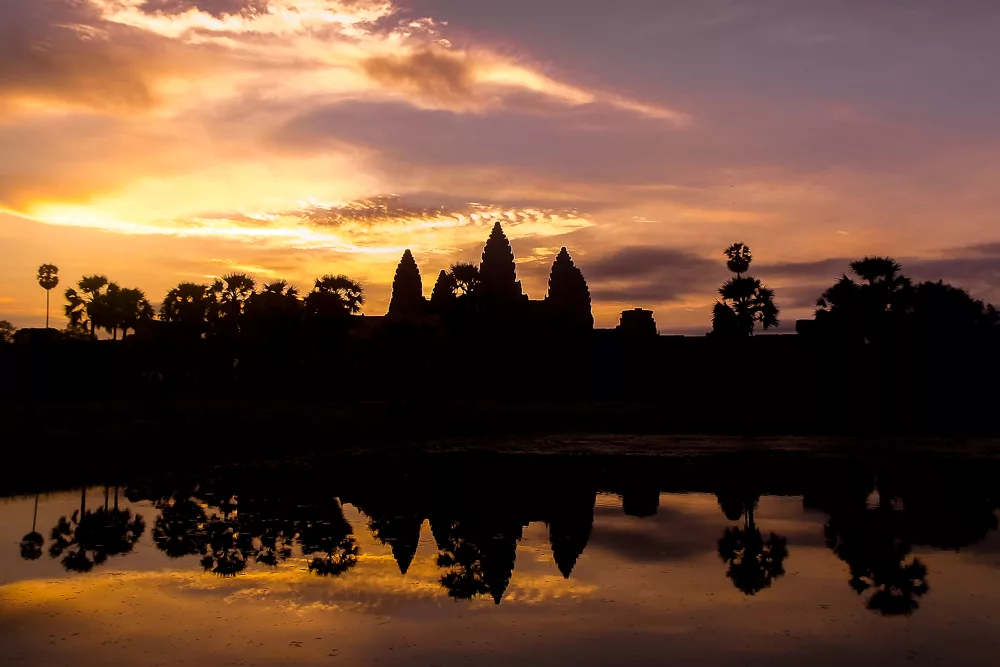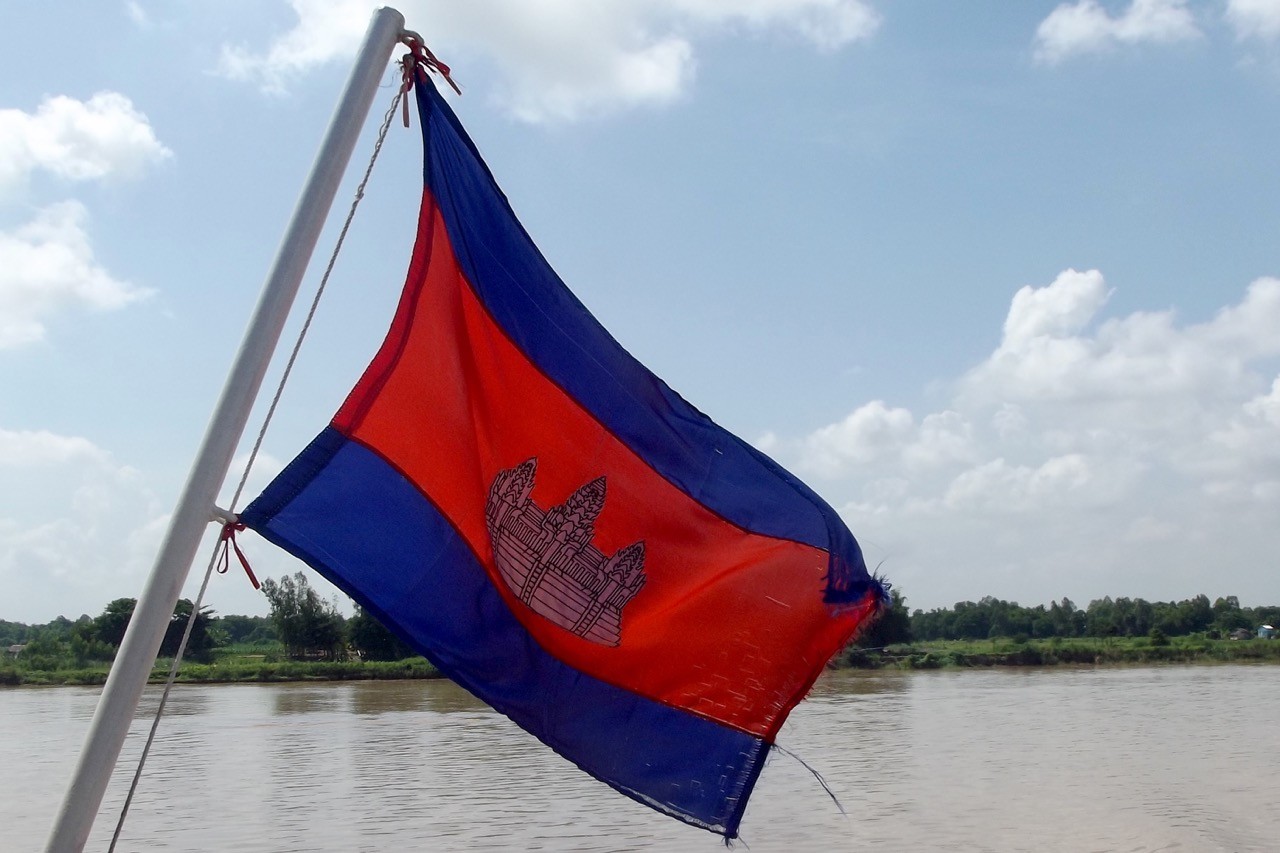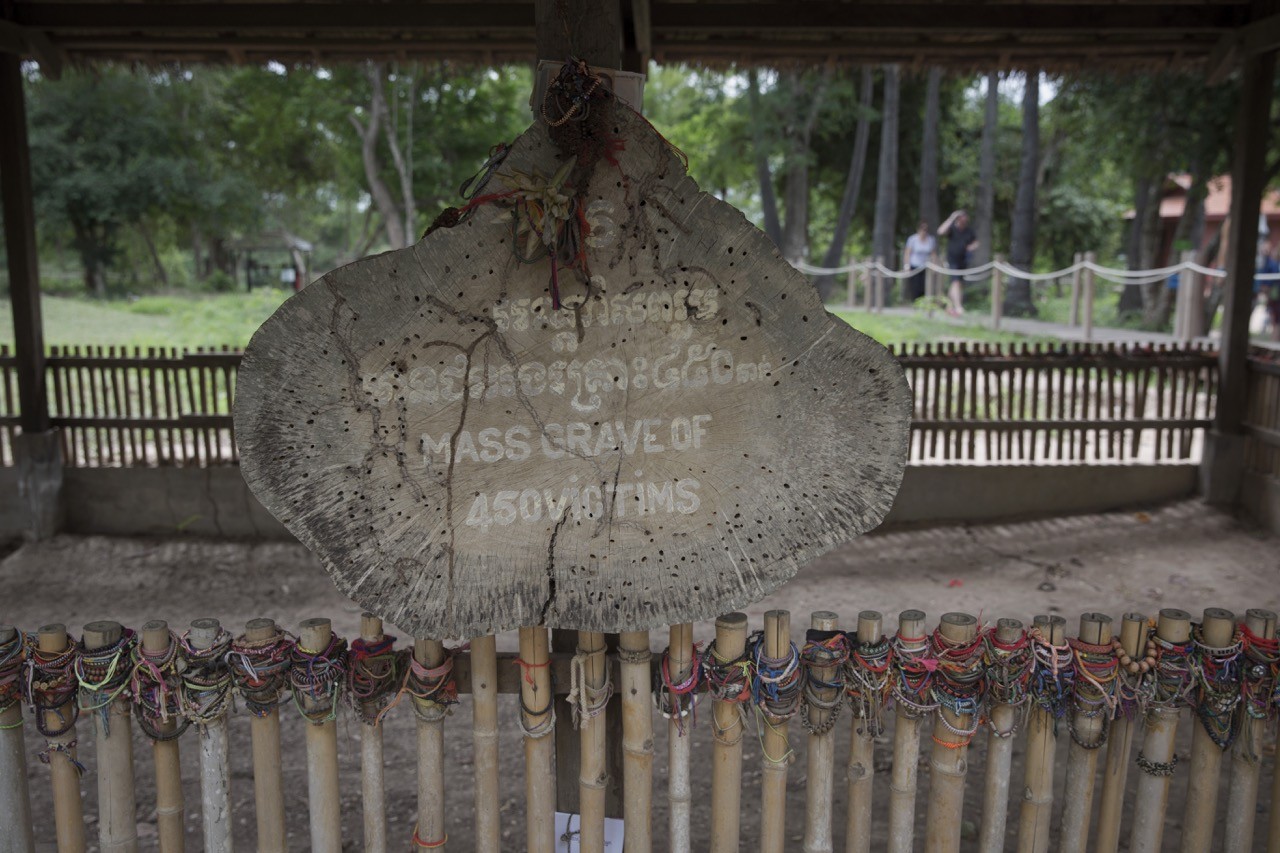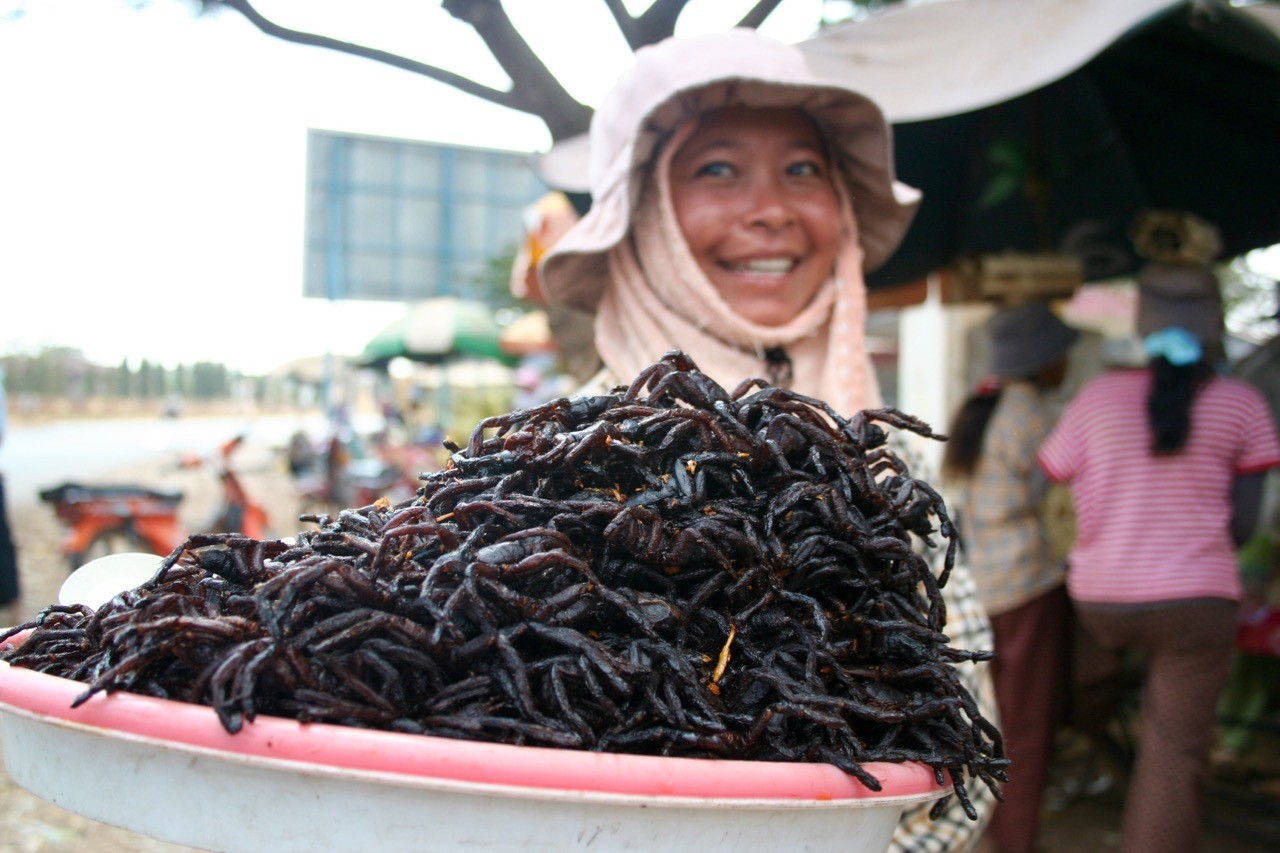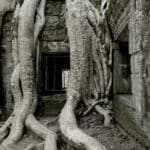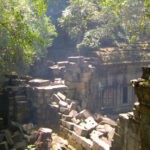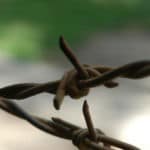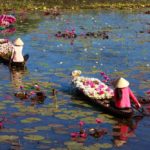We first visited Cambodia in 2011 and it instantly became one of our favourite countries. Kia returned this year and fell in love all over again.
This time, she took a Mekong River cruise and watched the country drift past from a different perspective. She also revisited the iconic sites of Angkor Wat and S21 prison, two destinations that highlight two deeply contrasting pasts: one of glory and opulence, the other of degradation and cruelty.
Given Cambodia’s dark past, it would be easy to focus only on the terrible events surrounding ‘Year Zero’. Equally, it would be unfitting to paper over them.
Below, I include a mix of interesting facts about Cambodia that reflect both the good and the bad from the country’s extraordinary history.
Interesting facts about Cambodia
1. The largest religious structure ever built is Angkor Wat (City Temple) in Cambodia. The site measures a massive 1,626,000m2 (162.6 hectares) and was built by the Khmer King Suryavarman II from 1113-50 to honour the Hindu god Vishnu.
(Source: Guinness World Records)
2. The Cambodian flag depicts the main building of Angkor Wat. Together with the flag of Afghanistan, it holds the distinction of being one of only two state flags to feature a building.
(Source: Britannica)
3. Angkor Wat was also the principal filming location for the movie Tomb Raider (2001), starring Angelina Jolie.
(Source: IMDB)
4. There are several previously undocumented medieval cities between 900 and 1,400 years old beneath the tropical forest floor in the area surrounding Angkor Wat. Some of these undiscovered cities are the size of Cambodia’s capital, Phnom Penh. The discoveries were made in June this year using laser technology.
(Source: Guardian)
5. Sampeah is the Cambodian way to greet and bid farewell to people. There are five different ways to show respect to someone using sampeah depending on their age, relationship with you and social status.
(Source: Visit Angkor)
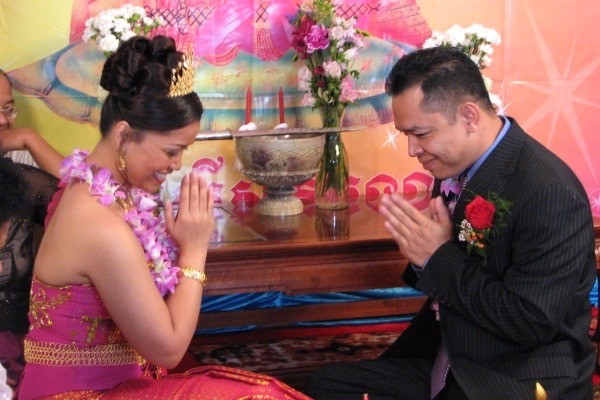
6. The King of Cambodia is a trained ballet dancer. King Sihamoni was sworn in as monarch on 29th October 2004 after his father abdicated due to poor health.
(Source: BBC)
7. A toilet estimated to have cost up to $40,000 was built for the personal use of Princess Maha Chakri Sirindhorn of Thailand when she visited Cambodia earlier this year.
(Source: Guardian)
8. Cambodia was a colony of France for 90 years from 1863 to 1953. Under King Sihanouk, it became an independent country called the Kingdom of Cambodia. It was occupied by Japan during World War II from 1941 to 1945.
(Source: BBC)
9. River dolphins can be found in the upper Mekong River in Cambodia. About 70-100 individuals live in a 190km-stretch of the Mekong River.
(Source: WWF)
10. The US secretly bombed Cambodia from 1969 because the country sheltered North Vietnamese forces on its soil during the Vietnam War.
(Source: BBC)
11. In Cambodia, it is considered impolite to point the bottom of your feet towards someone. Additionally, it would be completely unacceptable to point your feet towards anything sacred, such as an image of Buddha.
(Source: Lonely Planet)
12. Between 1975 and 1979, Pol Pot’s Khmer Rouge guerrillas and their brutal form of radical communism were responsible for the deaths of up to two million Cambodians.
(Source: CIA World Fact Book)
The site of a mass in Cambodia (IMAGE: G Adventures)
13. Throughout this period, city dwellers were driven to the countryside, money became worthless, basic freedoms were curtailed and religion was banned. The Khmer Rouge coined the phrase ‘Year Zero’ to represent a return to “better times”. Hundreds of thousands of educated people were tortured and executed in special centres. Others starved, or died from disease or exhaustion.
(Source: Britannica)
14. Today, the brutal period is remembered on the Day of Remembrance, formerly called the National Day of Hatred. The day is observed on 20th May every year.
(Source: BBC)
15. Decades of war has taken a severe toll on Cambodia. The country has over 40,000 amputees: one out of every 290 Cambodians, constituting one of the highest rates in the world. It is also one of the most land-mined countries in the world.
(Source: Huffington Post)
16. Tarantulas are eaten in Cambodia as a snack. During the reign of Pol Pot, Cambodians ate locally found tarantulas as other foods were often scarce. Many Cambodians developed a taste for the giant arachnids and they are still widely consumed today. Apparently, the “legs are pleasantly crunchy”.
(Source: Telegraph)
17. Tigers were declared “functionally extinct” in Cambodia this year. The last tiger was spotted in the eastern Mondulkiri province in 2007. Cambodia’s forests used to be home to Indochinese tigers but intensive poaching of tigers and their prey has devastated numbers.
(Source: Guardian)
18. The rate of deforestation in Cambodia is one of the highest in the world; around 2,000 sq km (494,210 acres) of forest are being lost every year. In the 1990s, timber concessions were granted by the government and a rapid deforestation followed – so much so that by 2005 the country had the third highest deforestation rate in the world.
(Source: BBC)
19. One of the more bizarre facts about Cambodia is the “special relationship” the country enjoys with North Korea. The totalitarian regime recently opened the $30 million Angkor Panorama Museum in Siem Reap as a “gift” to Cambodia.
(Source: Independent)
Lonely Planet Cambodia is a comprehensive guide to the country, ideal for those who want to both explore the top sights and take the road less travelled.
